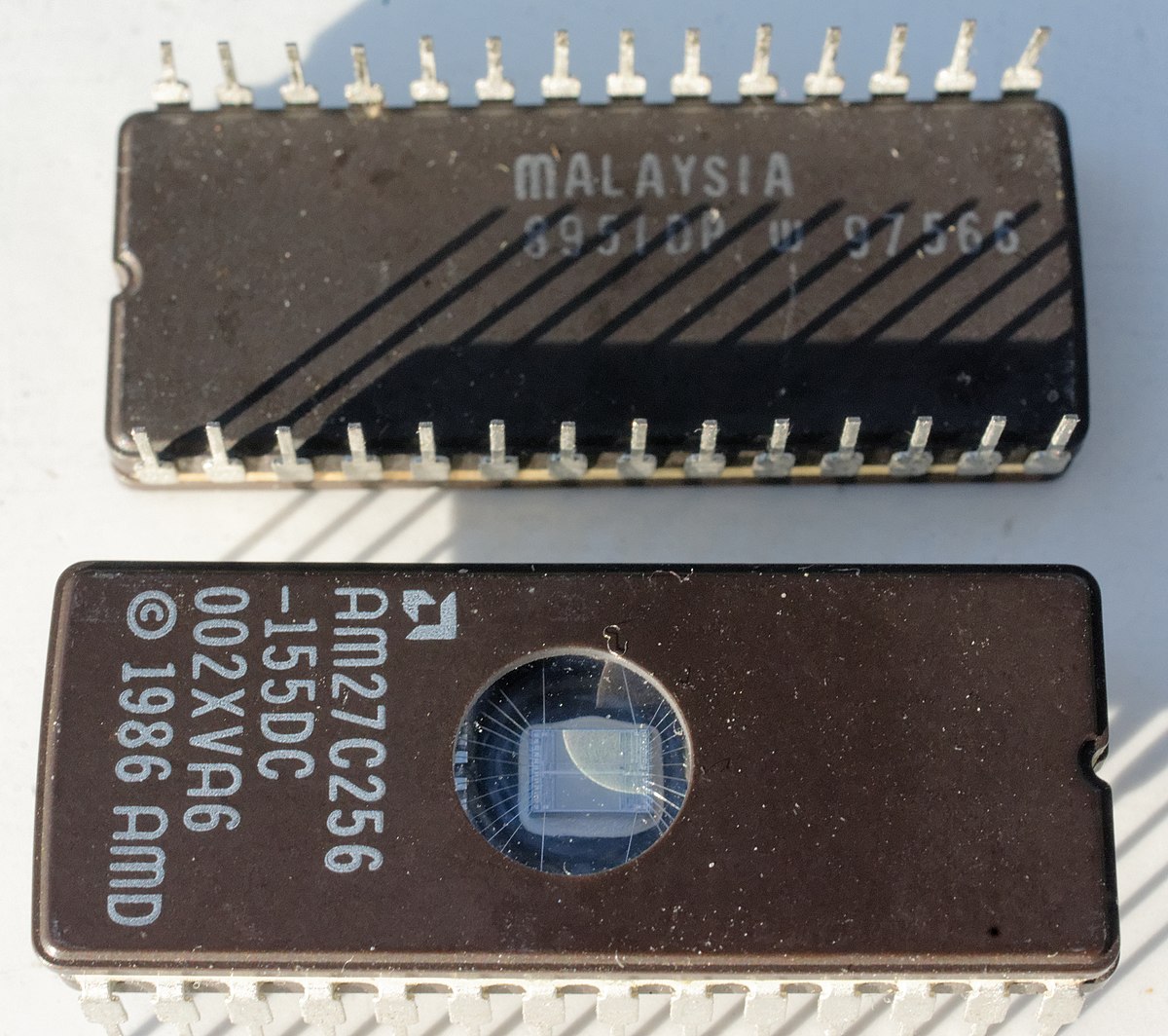Having trouble with the No Media Present error on Windows 10? Let’s find a quick fix.
Change Boot Order and Drive Selection
To change the boot order and drive selection on Windows 10 and fix the “No Media Present” error, follow these steps:
1. Restart your computer and enter the BIOS/UEFI settings. This can usually be done by pressing a specific key during the booting process, such as F2, F12, or Del. Check your computer’s manual or manufacturer’s website for the specific key.
2. Once in the BIOS/UEFI settings, navigate to the “Boot” or “Boot Order” menu using the arrow keys on your computer keyboard.
3. Locate the option that allows you to change the boot order. This may be called “Boot Priority,” “Boot Sequence,” or something similar.
4. Use the arrow keys to move the desired boot device to the top of the list. This could be your hard drive, SSD, or a USB drive containing the Windows 10 installation media.
5. Save the changes and exit the BIOS/UEFI settings. This is usually done by pressing the F10 key or selecting the appropriate option from the menu.
6. If the “No Media Present” error persists, try using the Windows Boot Manager to select the boot device. Restart your computer and look for a message like “Press F12 for Boot Menu” during the boot process. Press the corresponding key to access the boot menu.
7. In the boot menu, use the arrow keys to select the desired boot device and press Enter to confirm.
8. If none of these steps resolve the issue, you may need to perform a system restore or use the System File Checker tool to fix any corrupted system files. These advanced troubleshooting steps are beyond the scope of this guide, but you can find detailed instructions online or seek professional assistance.
Run System File Checker and Recover Boot Files
To fix the “No Media Present” error on Windows 10, you can try running the System File Checker and recovering boot files. Here’s how:
1. Open the Command Prompt as an administrator. You can do this by right-clicking on the Start menu and selecting “Command Prompt (Admin)”.
2. In the Command Prompt window, type sfc /scannow and press Enter. This will initiate the System File Checker, which will scan and repair any corrupted system files.
3. Wait for the scan to complete. It may take some time, so be patient.
4. Once the scan is finished, check if the “No Media Present” error is resolved. If not, proceed to the next step.
5. Next, you can try recovering the boot files. In the Command Prompt window, type bootrec /fixboot and press Enter. This command will fix any issues with the boot files.
6. Wait for the command to complete its task. It may take a few minutes.
7. After the command finishes, restart your computer and check if the error is resolved.
If these steps didn’t fix the issue, you may need to consider other troubleshooting methods or seek professional assistance.
Restore to an Earlier Date or Check Drive Health
To restore your Windows 10 to an earlier date or check drive health, follow these steps:
1. Restore to an Earlier Date:
– Press the Windows key and type “System Restore” in the search bar.
– Open the “Create a restore point” option from the results.
– In the System Properties window, click on the “System Restore” button.
– Select the “Choose a different restore point” option and click “Next.”
– Choose a restore point from the list and click “Next.”
– Confirm your selection and click “Finish” to start the restoration process.
2. Check Drive Health:
– Press the Windows key and type “Command Prompt” in the search bar.
– Right-click on “Command Prompt” and select “Run as administrator.”
– In the Command Prompt window, type “chkdsk /f C:” (replace C: with the drive you want to check) and press Enter.
– Type “Y” to schedule the disk check on the next system restart.
– Restart your computer to initiate the drive health checkup.
Reinstall the OS or Disable Network Features
To fix the “No Media Present Error” on Windows 10, you have two options: reinstalling the OS or disabling network features.
Reinstalling the OS: This option involves reinstalling the operating system on your computer. It can be a bit more time-consuming, but it often resolves the error completely.
1. Start by backing up any important files or data you have on your computer. This step is crucial to prevent data loss during the reinstallation process.
2. Insert your Windows 10 installation media (such as a USB drive or DVD) into your computer.
3. Restart your computer and boot from the installation media. You may need to change the boot order in your computer’s BIOS settings to prioritize the installation media.
4. Follow the on-screen instructions to reinstall Windows 10. Make sure to select the option to format your hard drive during the installation process. This will erase all existing data on your computer, so be cautious.
5. Once the reinstallation is complete, set up your computer with the necessary settings, such as language preferences and user accounts.
6. After setting up, check if the “No Media Present Error” is resolved. If not, proceed to the next option.
Disabling Network Features: If reinstalling the OS doesn’t resolve the error, you can try disabling network features as an alternative solution.
1. Press the Windows key + R to open the Run dialog box.
2. Type “devmgmt.msc” and press Enter to open the Device Manager.
3. In the Device Manager, expand the “Network adapters” category.
4. Right-click on your network adapter and select “Disable” from the context menu.
5. Confirm the action and wait for the network adapter to be disabled.
6. Once disabled, restart your computer and check if the “No Media Present Error” is fixed.
Resetting the CMOS and Updating BIOS

To fix the “No Media Present” error on Windows 10, you can try resetting the CMOS and updating the BIOS. Here’s how:
1. Resetting the CMOS:
– Turn off your computer and unplug it from the power source.
– Open your computer case and locate the CMOS battery on the motherboard.
– Carefully remove the CMOS battery and wait for about 5 minutes.
– Insert the CMOS battery back into its slot.
– Close the computer case and plug in your computer.
– Turn on your computer and check if the error is resolved.
2. Updating the BIOS:
– Visit the manufacturer’s website (e.g., Dell, Toshiba) and navigate to the support section.
– Locate the BIOS update for your specific model and download it to your computer.
– Once downloaded, double-click the BIOS update file to run it.
– Follow the on-screen instructions to complete the BIOS update process.
– After the update is finished, restart your computer and check if the error persists.
Remember to follow the instructions carefully and avoid interrupting the process. If you are unsure about any step, it’s always a good idea to consult the manufacturer’s documentation or seek assistance from their support team.
By resetting the CMOS and updating the BIOS, you may be able to resolve the “No Media Present” error on Windows 10.
Professional Assistance for Complex Issues
If you’re facing the “No Media Present” error on Windows 10 and need professional assistance, we’re here to help. Follow these steps to fix the issue:
1. Restart your computer and enter the BIOS settings. This is usually done by pressing a specific key during the booting process, such as F2 or Delete. Check your computer’s manual or manufacturer’s website for the exact key.
2. Once in the BIOS settings, navigate to the Boot menu. Look for an option related to the boot order or boot priority.
3. Make sure that your hard drive or SSD is listed as the first boot option. If not, change the boot order so that the storage device is prioritized.
4. Save the changes and exit the BIOS settings. Your computer should now attempt to boot from the correct storage device.
5. If the issue persists, try booting into Safe Mode. Restart your computer and repeatedly press the F8 key or Shift+F8 to access the Advanced Boot Options menu. From there, select Safe Mode and see if the error still occurs.
6. If you’re still experiencing the “No Media Present” error, it might be worth checking the physical connections of your storage device. Ensure that the cables are securely connected and not damaged.
7. If none of the above solutions work, it’s recommended to seek professional assistance from a reputable computer repair service or contact the manufacturer’s support.
Remember to provide them with specific details about your system, such as the make and model of your computer (e.g., Dell XPS, Toshiba), the operating system (Windows 10), and any error messages you’ve encountered.
Accessing and Understanding BIOS Setup
To access and understand the BIOS setup, follow these steps:
1. Restart your computer and repeatedly press the Delete or F2 key (or the key specified by your computer manufacturer) to enter the BIOS setup.
2. Once in the BIOS setup, navigate using the arrow keys on your computer keyboard.
3. Look for an option called “Boot” or “Boot Order” and select it.
4. In the boot options, make sure that your hard drive or SSD is listed as the first boot device. If it is not, use the arrow keys to move it to the top.
5. Save the changes and exit the BIOS setup.
6. Restart your computer and check if the “No Media Present” error is fixed.
If you are still experiencing the error, it may be necessary to check your hard drive or SSD connections and ensure they are properly connected. You can also try booting from a different bootable device, such as a USB drive or DVD, to determine if the issue lies with your current boot device.
F.A.Qs
Why does my PC say no media present?
Your PC may say “no media present” because the boot file on your hard disk is missing or corrupted. It can also occur when you’re trying to boot from a network and there is no connection. To fix this issue, you can enable your boot device, disable wake on LAN in the BIOS, or update the BIOS.
How do I fix checking media presence?
To fix checking media presence, you can enable your boot device or rearrange the boot menu. Additionally, disabling Wake on LAN in the BIOS or disabling network boot may help. It is also recommended to update the BIOS.
How do I fix Alienware boot failure?
To fix Alienware boot failure, restart your computer and tap the F2 key repeatedly at the Alienware logo to enter setup. Make sure the Hard Drive/RAID settings are correct and check the UEFI/Legacy mode in the BIOS.
How do I fix no media presence on my MSI?
To fix no media presence on your MSI, you can try these steps:
– Rearrange the boot menu to ensure the correct boot priority.
– Check and reconnect the hard drive for loose connections or damage.
– If necessary, reinstall Windows to fix any corrupted or missing boot files.







